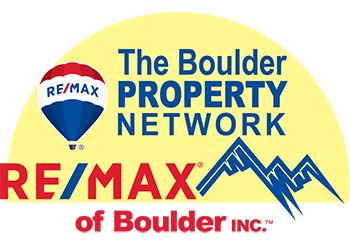
Vacant land
A seller may know the size of their vacant lot, but not fully understand its development potential. By proactively answering the questions a buyer is likely to ask – such as what can be built, zoning allowances, and utility access – the property becomes more attractive, often leading to a faster sale and a higher price.
Existing home remodel
Many of our cities are at or near full build-out, and a significant portion of the existing housing stock is aging. As a result, today’s buyers are often seeking properties that they can renovate, expand or even tear down and rebuild.
However, what can be done with a property is governed by a variety of municipal, county, and sometimes HOA regulations, many of which are complex. For instance, some cities require calculations to ensure a new structure doesn’t block a neighbor’s solar access. Lot size can determine the allowable square footage, and zoning may permit a second unit if the lot meets certain criteria.
This is where a professional vision study from an architect can make a big difference. For example, a vacant lot may command a higher price if buyers know that two units can be built on it instead of just one. Likewise, a single-story ranch home might be more valuable if it’s been confirmed that a second story can be added.
Understanding and presenting the full potential of a property – backed by expert guidance – can result in a faster sale and a higher return on investment.
A legal Accessory Dwelling Unit (ADU) can offer homeowners an excellent source of additional income by allowing them to rent out a portion of their property. However, each municipality has its permitting process and specific guidelines for creating an ADU. Whether one can be approved – and how large it can be – depends on the unique characteristics of the property, including lot size, zoning, and existing structures.
Minimum and maximum square footage for a house, floor area ratios
Most cities and counties impose limits on the size of homes that can be built or the extent of improvements that can be made. These limits are often based on lot size, zoning regulations, and other municipal guidelines. Generally, the larger the allowable home or improvement, the greater the potential value of the property.
Working with a knowledgeable team – including a Realtor®, appraiser, and architect – can help you make informed decisions about your property’s potential. Consider consulting an architect for a vision study to gain a deeper understanding of what’s possible and how to optimize your property’s value.
Duane graduated with a business degree and a major in real estate from the University of Colorado in 1978. He has been a REALTOR® in Boulder since that time. He joined RE/MAX of Boulder in 1982 and has facilitated over 3,000 transactions over his career. Duane has been awarded REALTOR® Emeritus by the National Association of REALTORS and the Circle of Legends by RE/MAX LLC. Duane is also the author of two books, REALTOR for Life and The Velocity of Wealth. You can reach out to Duane at BoulderPropertyNetwork.com or DuaneDuggan@boulderco.com
